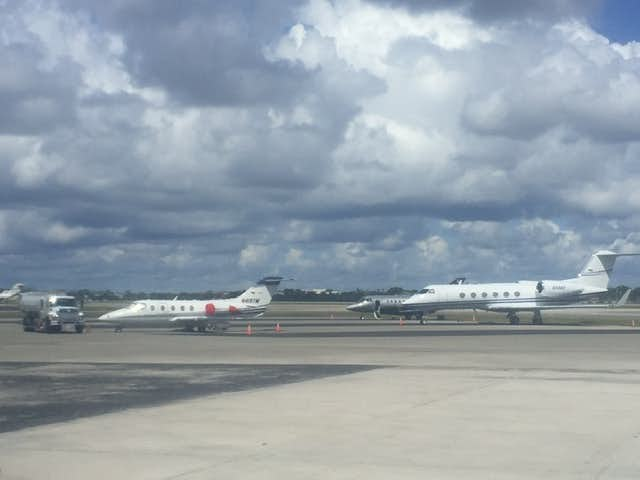
Price, as in, “What is the hourly rate?” is often the first question buyers ask. Too often it’s the only one they ask when it comes to what they will actually end up spending. Don’t make the mistake of forgetting to specifically look at how much your actual flights will cost with each provider.
Because flying with jet cards is easy, assuming buying one is easy and something you can do without taking the time to compare the details can be expensive as you will see.
That said, jet cards continue to rise in popularity as a way to book a private jet charter. There are now more than 300 programs to choose from.
Once you find a program that meets your needs, booking your flight is a single call, in more and more cases online, even through an app, or an email or text.
Programs start at as few as five hours and $25,000 but you can buy 100 hours if you want. Many programs allow you to choose a different cabin size without surcharges for each trip.
Sourcing standards of the provider you choose means you don’t have to spend a lot of time figuring out who will actually be flying you and if you are going to be happy with them as you do with an on-demand charter.
At the same time, you don’t have the long-term commitment of fractional ownership and leases – typically at least 36 months. And you don’t have to worry about residual value when you sell your share back. Until that happens you won’t know what your actual hourly rate was.
A big mistake is stopping with hourly rate and comparing providers’ hourly rates as if it is apples to apples.
Here’s why. It’s called Segment and Daily Minimums.
Your hourly rate will be based on Segment and Daily Minimums.
Both can be significantly more than your actual time up in the air!
Some programs and aircraft types can have minimums two hours or more for a single flight!
For example, if your program has a 90-minute daily and segment minimum for the aircraft type you are flying, your 60-minute flight will be billed at 90 minutes.
Let’s say Company A has a $6,000 hourly rate and a 60-minute minimum. That means your 60-minute flight gets billed as 60 minutes of flight time, or $6,000.
Company B offers a lower $5,000 hourly rate but has a 90-minute minimum. Your same 60-minute flight is billed at $7,500 ($5,000 x 1.5 hours).
In other words, if you are buying a jet card where you end up flying a lot of short legs – flights, where your flight time is less than the minimum, a lower hourly rate from Company B, might end up costing you more on the same size or type of jet than Company A even though Company A’s hourly rate was $1,000 more per hour!
Many people make this mistake because they only do a quick look at pricing listed on a jet card provider’s website.
They see Company A offers a light jet card at 25 hours for $150,000 while Company B is selling its light jet 25-hour card for $125,000.
It seems pretty cut and dried they would save $25,000 with Company B.
Just remember if you typically make one-hour flights, Company A with its 60-minute minimum gives you 25 flights for your 25 hours.
Company B with its 90-minute minimum gives you 16.6 flights, and in the end, it will be more expensive for those 25 one hour flights on Company A.
The additional cost if you join Company B with its 90-minute minimums to fly those 25 one hour flights would be $37,500 more (25 x $7,500 = $187,500) than Company A even though Company A’s hourly rate is 20% higher ($6,000 vs. $5,000).
There are more than a dozen extra costs that will impact what you end up paying from whether or not the hourly rate quoted includes the 7.5% Federal Excise Tax that applies to flights within the U.S. and to or from destinations within 200 miles of the U.S. border.
There are also peak day surcharges, with some program having none and others as much as 40%. Another cost can be deicing. Some programs include it. Others don’t. Deicing can cost thousands of dollars per incidence.
How taxi time is billed is yet another cost factor, as are fuel surcharges or membership fees you need to tack on to the quoted hourly rate.
However, step one is figuring the flight times for the trips you are planning and then honing in on programs where you won’t be paying extra for flying lots of short legs.
Becoming a paid subscriber to Private Jet Card Comparisons for $250 will give you access to all the data you need to make an informed decision, as well as my personal help if you need it!
Find out why you should become a paid subscriber to Private Jet Card Comparisons here.
